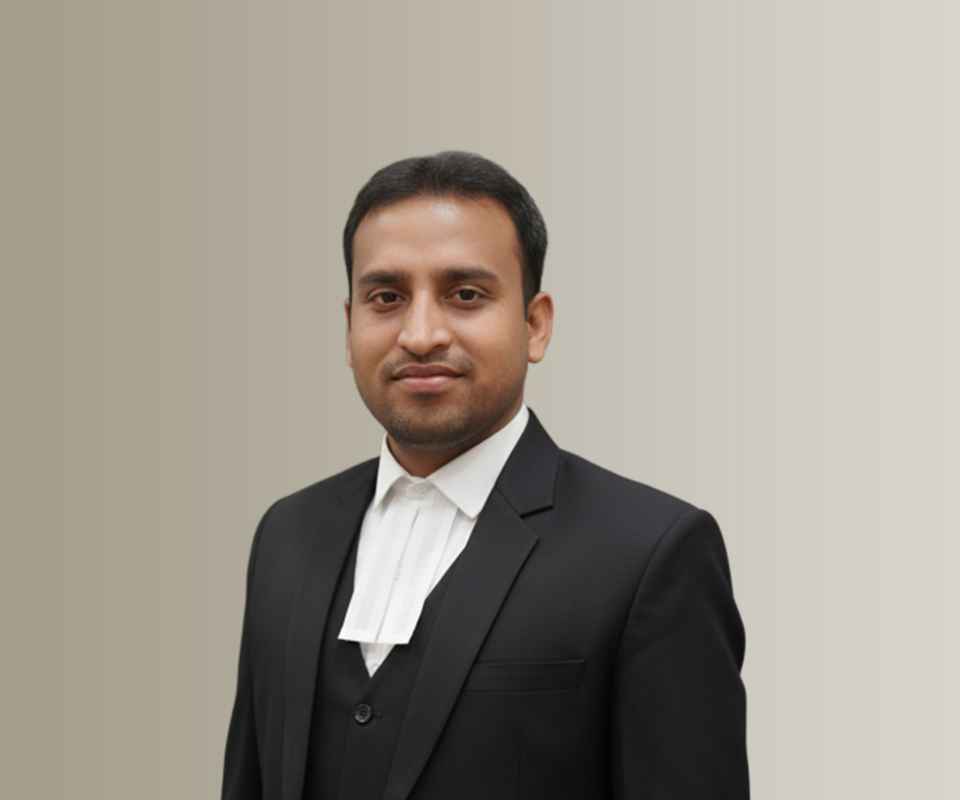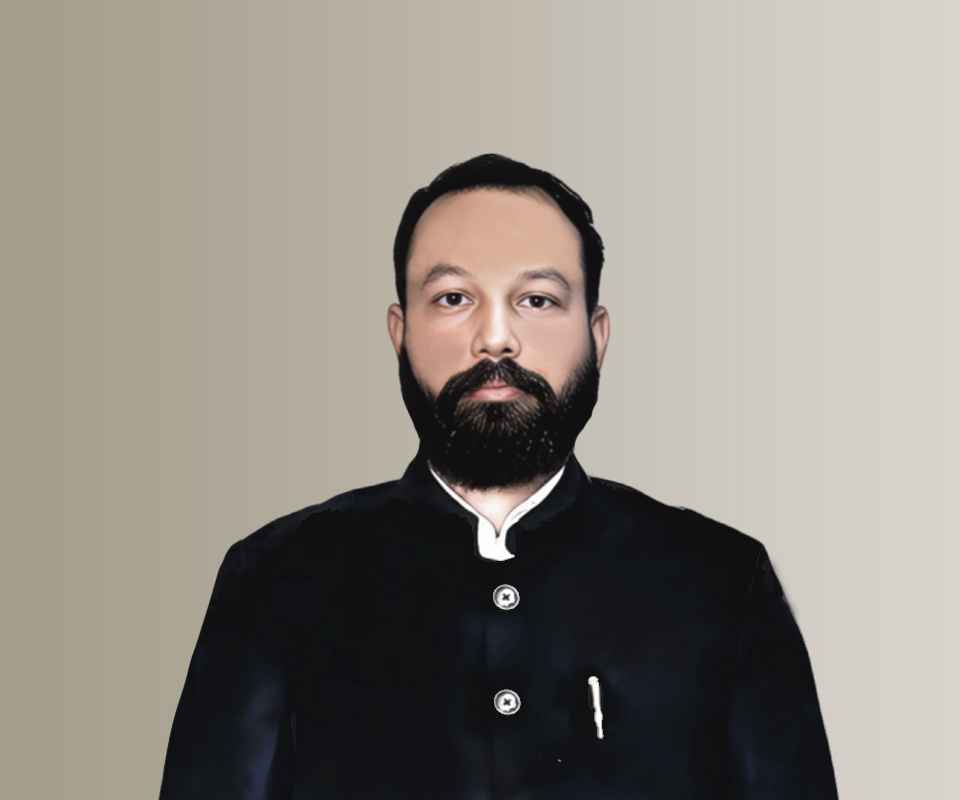Answer By law4u team
{3}[Constitution Of India Article 81: Composition of the House of the People
(1) {4}[Subject to the provisions of article 331{***5}], the House of the People shall consist of—
- (a) not more than {6}five hundred and thirty members chosen by direct election from territorial constituencies in the States, and
- (b) not more than {7}twenty members to represent the Union territories, chosen in such manner as Parliament may by law provide.
(2) For the purposes of sub-clause (a) of clause (1),—
- (a) there shall be allotted to each State a number of seats in the House of the People in such manner that the ratio between that number and the population of the State is, so far as practicable, the same for all States; and
- (b) each State shall be divided into territorial constituencies in such manner that the ratio between the population of each constituency and the number of seats allotted to it is, so far as practicable, the same throughout the State:
{8}Provided that the provisions of sub-clause (a) of this clause shall not be applicable for the purpose of allotment of seats in the House of the People to any State so long as the population of that State does not exceed six million.
(3) In this article, the expression population means the population as ascertained at the last preceding census of which the relevant figures have been published.
{9}[Provided that the reference in this clause to the last preceding census of which the relevant figures have been published shall, until the relevant figures for the first census taken after the year {10}2026 have been published, {11}be construed,—
- (i) for the purposes of sub-clause (a) of clause (2) and the proviso to that clause, as a reference to the 1971 census; and
- (ii) for the purposes of sub-clause (b) of clause (2) as a reference to the {12}[2001] census.
NOTE
3. Subs. by s. 4, ibid. for arts. 81 and 82 (w.e.f. 1-11-1956).
4. Subs. by the Constitution (Thirty-fifth Amendment) Act, 1974, s. 4, for subject to the provisions of article 331 (w.e.f. 1-3-1975).
5. The words and figure and paragraph 4 of the Tenth Schedule omitted by the Constitution (Thirty-sixth Amendment) Act, 1975, s. 5 (w.e.f. 26-4-1975).
6. Subs. by the Goa, Daman and Diu Reorganisation Act, 1987 (18 of 1987), s. 63, for five hundred and twenty-five members (w.e.f. 30-5-1987).
7. Subs. by the Constitution (Thirty-first Amendment) Act, 1973, s. 2, for Twenty-five members (w.e.f. 17-10-1973).
8. Ins. by s. 2, ibid. (w.e.f. 17-10-1973).
9. Added by the Constitution (Forty-second Amendment) Act, 1976, s. 15 (w.e.f. 3-1-1977).
10. Subs. by the Constitution (Eighty-fourth Amendment) Act, 2001, s. 3, for 2000 (w.e.f. 21-2-2002).
11. Subs. by s.3, ibid, for certain words (w.e.f. 21-2-2002).
12. Subs. by the Constitution (Eighty-seventh Amendment) Act, 2003, s. 2, for 1991 (w.e.f. 22-6-2003).
Brief Detail
Article 81 defines the composition of the House of the People (Lok Sabha). It specifies the maximum number of members, the distribution of seats among States and Union Territories, and the principles for demarcating territorial constituencies. It ensures proportional representation while maintaining uniformity across constituencies within a State.
Question & Answers
What is the maximum number of members in the House of the People?
The House of the People can have a maximum of 530 members elected from States and 20 members representing Union Territories.
What principles govern the division of constituencies within a State?
The constituencies within a State are divided to maintain a uniform ratio between the population of each constituency and the number of seats allotted to it.
Example
For instance, Uttar Pradesh, as the most populous State, is allocated the highest number of Lok Sabha seats to ensure proportional representation based on its population, adhering to the principles of Article 81.
Summary
Article 81 outlines the composition of the Lok Sabha, ensuring proportional representation of States and Union Territories, with constituency boundaries drawn to maintain equality in representation.







